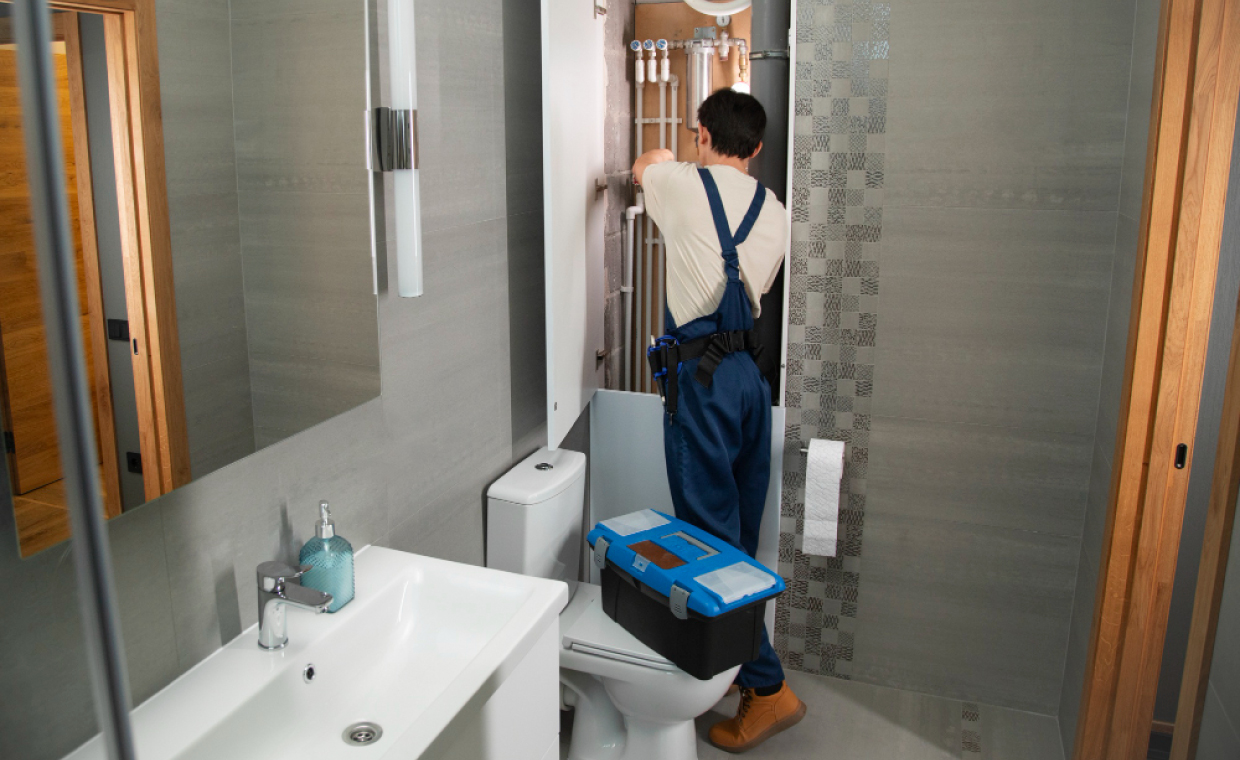
Water leakage is one of the crucial and critical issues which is commonly ignored by a majority of people. Usually it pops-up with minor leakages initially. A lot of people do not understand its seriousness and overlook such minor leaks. Over a period of time, these leakages may cause substantial damage to the home/building. It is thus very essential to spot them quickly and fix them immediately, or else the issue will aggregate later and you will end up spending a lot of money in fixing the issues. Therefore, it is very important to keep examining the house every few weeks if you are doubtful about a possible leak in any part of the home. In this article, we shall guide you through the various possible reasons for water leakage in the house.
Leakage always cause discomfort to occupants and unsightly appearances, discomfort of living, unhygienic conditions and at times diseases. Sometimes the issue becomes grave to the extent that things are beyond any possibility of repairs. It also spoils the overall look of the house and damages your paints however costly and good.
Sources or Causes of Water Leakage:
Water normally enters at some point and travel through some unknown capillaries and cracks and ultimately will seep or leak at some far away different point which is coherently weak. For a layman, the point where the water actually appears is the source of leakage but it actually is not the source, it is the result. The actual source or cause is the point from water enters or gets entry. While it is easy to observe result points, but most of the time it is difficult to find the cause or source. Hence to rectify it you have to diagnose the cause. If you are still unable to identify the causes of water leakage, you must seek professional help before it is too late.
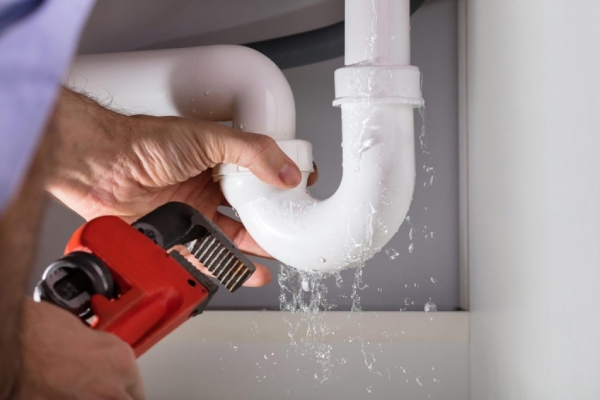
Once you have identified the source and cause of leakage, then only you will be able to take corrective measures to fix the issue. So, let us now discuss the important sources of water leakage in house.
Ingress of water in structures can be:
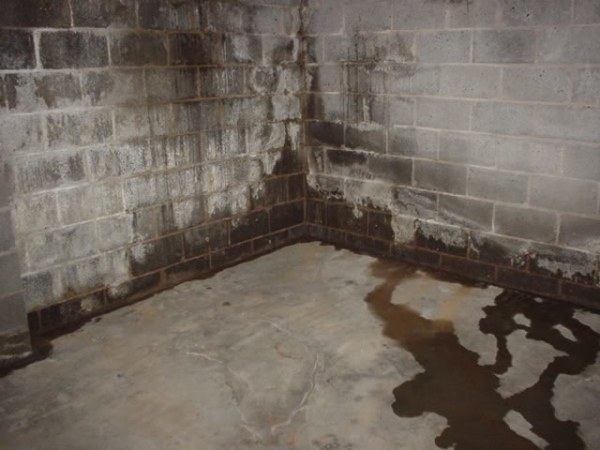
- From below (subsoil water) through Soil and Masonry construction by Capillary action. If masonry is constructed poorly, the water can leak possibly from there.
- From atop through external sources such as rain/storm. Rainwater and/or Water pressure exerted on structural members and their inability to withstand the same can be responsible for leakage.
- From inside the building, the improper water supply, sewerage and drainage installations can lead to such leakages. Other reasons of leakage can be through internal water sources such as improper fittings/leaking pipes, joints incl. joints which have opened.
Normal Sources as they appear:
There are several areas in a building, internally and externally where these weather-damaging elements affect the structure. Some of the areas are:
01. Terraces, Parapet walls – Lack of proper slope on terrace cause the stagnation of water which can lead to leakage through terrace.

02. Rainwater pipes, external doors and windows openings, external balconies, projections in the form of fins, bands and combination, cut-outs, ducts.
03. Open chowks, wide court-yards, sanitary and plumbing pipes and its connections incl. with fixtures, bath/ toilet areas.

04. Scaffold’s damage, external electrification, likely additions/alterations, plaster in exposed areas like corridors, staircase, staircase rooms at the terrace etc.
05. Lift rooms, canopies, inverted beams on the exposed faces and overhead tanks.
06. Localized flower pots, terrace gardens.
07. Plumbing arrangements at terrace levels, built-in cupboards, etc. With the help of following tips you can maintain plumbing system of your home.
To these man-made conveniences, modifications and add-ons are plenty. Listed below are some of the several areas from where these elements affect the structures on account of leakage.
The list below covers some of the common zones or areas in the building from where water appears. Depending upon the planning needs of building, there are additional features and special provisions which aggravate the situation further. If one carefully browses through each of the detail stated below, one can imagine what could be the collective effect on the structures and how devastating it could be.
Sources of Water Leakage in House
01. Water Leakage in Your Home through Slabs, Roofs & Terraces
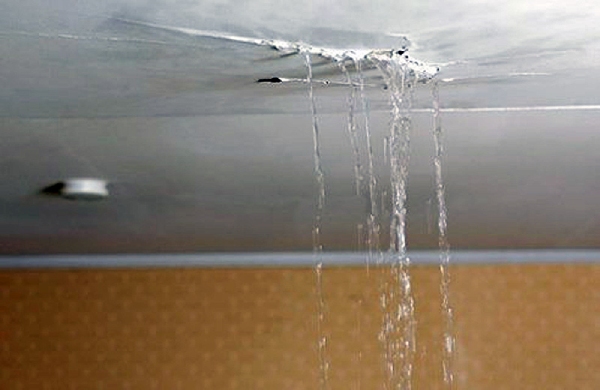
01. From roof slabs near areas where rainwater down take pipes originates or khurras have been provided. Khurras are other potential leaking points.
02. From terrace and even intermediate slabs including balconies, open terraces.
03. From sunken slabs of toilets, ducts.
04. From ducts, shafts chowks etc.
05. From the cracks at column’s support.
06. Leaks through ineffectively sealed expansion joints, construction joints and other active cracks.
02. Water Leakage in Your Home from Cracks

For penetrating in any material, water travels along the path of least resistance. Cracks in concrete or masonry walls provide paths of least resistance for the water to penetrate.
01. Cracks formed in the RCC beam, slab, and walls including masonry walls, cracks in facades, terraces, roofs and sunken floors.
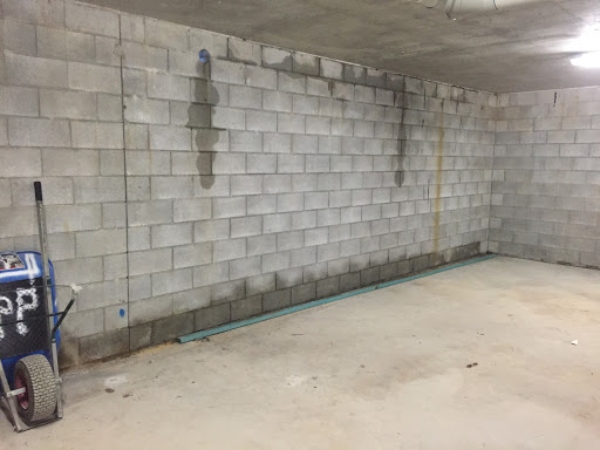
02. From Cracks at locations where vegetation growth has taken place.

03. From Cracks at lintels, sill level where lintels and sills have not been done which leads to cracks.
04. Cracks between joints of two different materials or at some juncture of two different materials.
05. From spalled and cracked concrete caused due to corrosion in the RCC element.
06. From cracks in slab due to subsequent installation of heavy structures, antennas, solar heaters, a/c plants and any cracks caused by hammering, hitting, dismantling forces.
03. Water Leakage through Walls
01. From the parapet walls, immediately below the parapet walls through slabs.
02. From damp walls of the ground floor having less height, particularly from the area adjacent to the ground where no DPC/coping or plinth protection has been provided.
03. From the damp walls formed subsequently due to poor masonry and plaster.
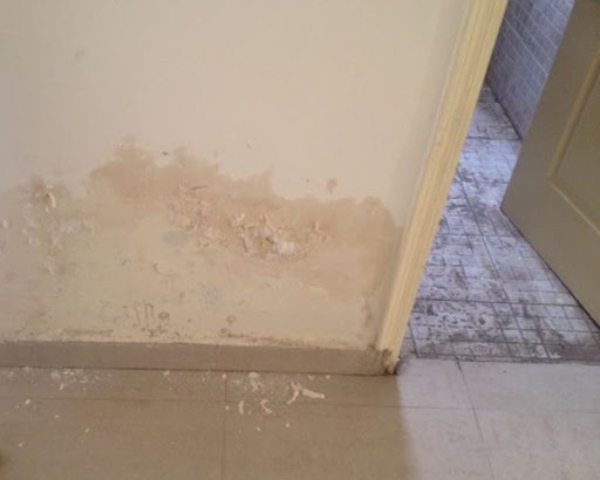
04. From the joints between Chhaja/weather shed and walls either from top, sides or bottom of chhaja/weather shed.
05. From the isolated patches in external brick walls due to perforations in masonry made for Scaffolding or due to breakage of walls during Installation of Air Conditioners.
06. From the junction of window frames with walls or sills around jambs, soffits, below jamb stones etc.
07. From the joints falling between RCC beam’s bottom and top of masonry walls.
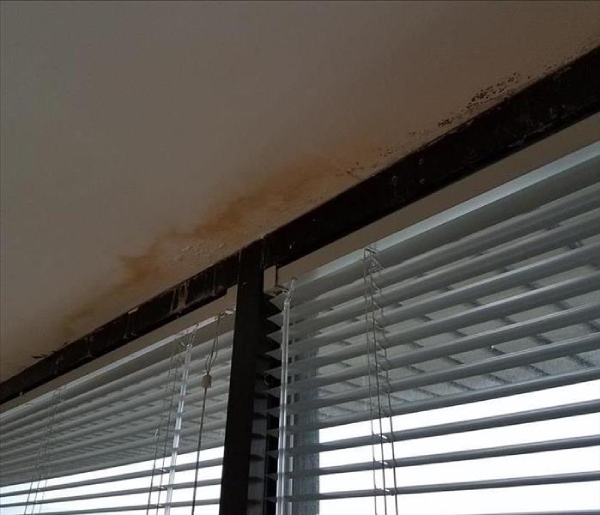
08. From the walls or beams/ columns/ slabs where Cut out in the structure has been made for the branch pipe puncturing the particular element.
09. From the Parapet wall which is not in good condition particularly the one without coping on top and appropriate vatta at terrace level.
10. Junction of door frame and floor on account of eventual rotting of door frame.
Leakages and seepages in wet areas are normally caused due to the following reasons:
Normally the leakage is through wet areas in the building. In a good number of buildings, it is easy to point out the location of kitchens or toilets/baths even without practically going into the buildings. When proper attention is not given during planning/design stage and care is not exercised during the execution stage; problems of leakage/seepage starts building in. These are further intensified by lack of awareness or know-how regarding its proper usage, maintenance and upkeep of these areas.
Common sources are:
01. Depressed/sunken reinforced concrete slab to accommodate the pan and trap.
02. Joints of rainwater, soil and sanitary pipelines and in particular the pipes which have been concealed in masonry or concrete and which are difficult to attend.
03. From the pipelines for water supply, sewerage or rainwater down take lines.
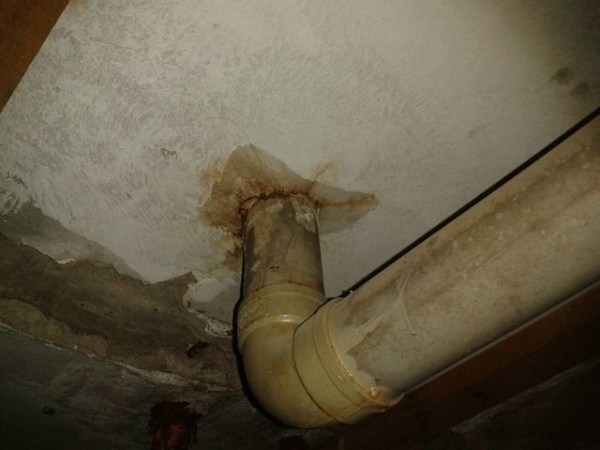
04. The joint between flushing cistern and flushing pipe.
05. Junction of the flushing pipe with the WC pan.
06. Junction of WC and traps with the branch pipe and the connecting pipelines including lines running from the floor traps to the sanitary pipe.
07. Joints of water supply lines, water supply fittings, faulty cocks, taps, valves, fixtures, etc.

08. Joints between flooring tiles.

09. Locations near overflow pipe of overhead water tanks.
10. Floor trap junction or improperly fixed floor trap.
11. Faulty pipe joints incl. concealed piping and fittings.
12. Floor and walls where water from the shower is splashed.
13. Area surrounding the kitchen sinks.
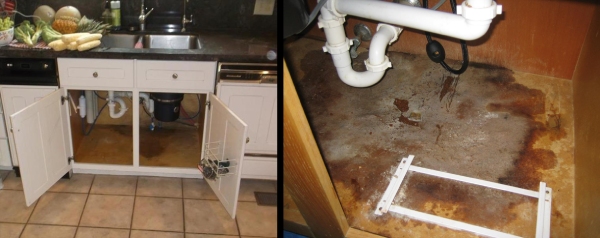
14. Junction joint between kitchen platform and the adjoining wall.
15. At the junction of the water tank wall and the various pipe fittings in the tank walls.
16. Under the water tank on account of usage of scour valve.
17. The weak joining of water closets, urinals and other sanitary ware.You can also check water leakage in your home through some water damage signs.
Water Leakage from Water Storage Tanks
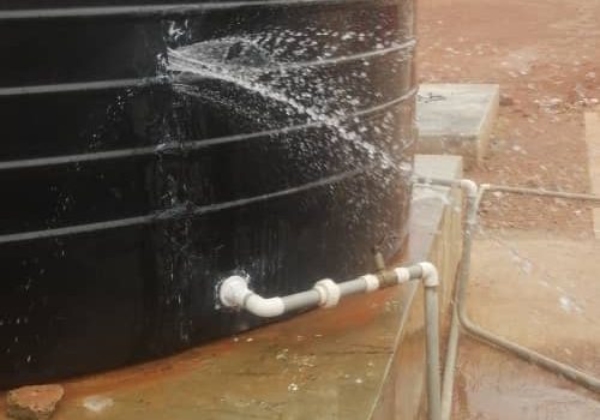
01. From water storage tanks or surrounding areas where the water storage tank has been installed on the terrace.
02. From joints particularly cold joints of construction of RCC or masonry water tanks, joint with pipelines.
03. Cold joints of construction in both underground as well as overhead water tanks.
04. Near overflow lines.
05. Around the water tank where the overflown water remains stand-still and percolates.
06. Due to faulty ball valve in overflow tanks. You can check from here whether you are using safe plastic water tank or not.
Water Leakage through Seals
Seals are used at various places. Usually when appliances are installed at home, the contractor wraps seal around all water connectors. Seals can also be used on dishwasher door. Now, after long years of usage of these appliances, the seal can break or wear out. If you notice condensation on your appliance or puddles near the appliance, you may have a broken seal and that can be a source of water leakage too. Conclusion
All the causes narrated above needs precautionary maintenance and if overlooked or neglected, it will induce serious concerns regarding water leakages. It is our general observation that most of the building elements provided in the structure lack the essential detailing and conception of weather protection. Observations and results are imminent in their manifestation. One does not monitor the structures which one creates with love and passion.
One has to properly relate the source with the cause. Once you have reached the root cause, you will be able to implement suitable solution and take up preventative steps in terms of right waterproofing technology and of course, right material. We hope this article on sources of water leakage proves to be of a great help in investigating the leakage in your home.
Image Courtesy: Image 2, Image 3, Image 4 – froetindustries, Image 5 – guides.brit, Image 6, Image 8 – lh3, Image 11, Image 12, Image 13, Image 14, Image 15(a) – restorationeze, Image 15(b), Image 16




























